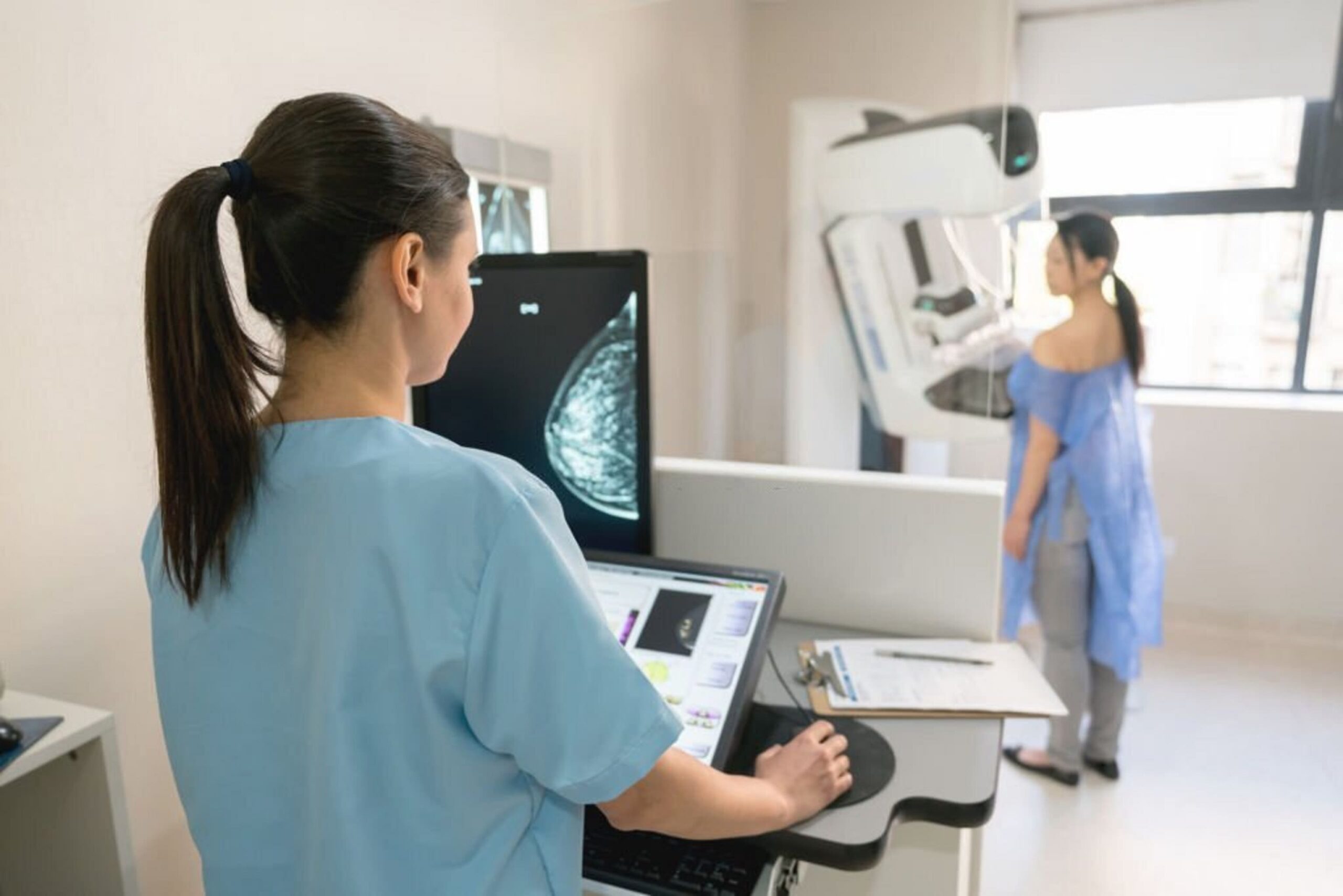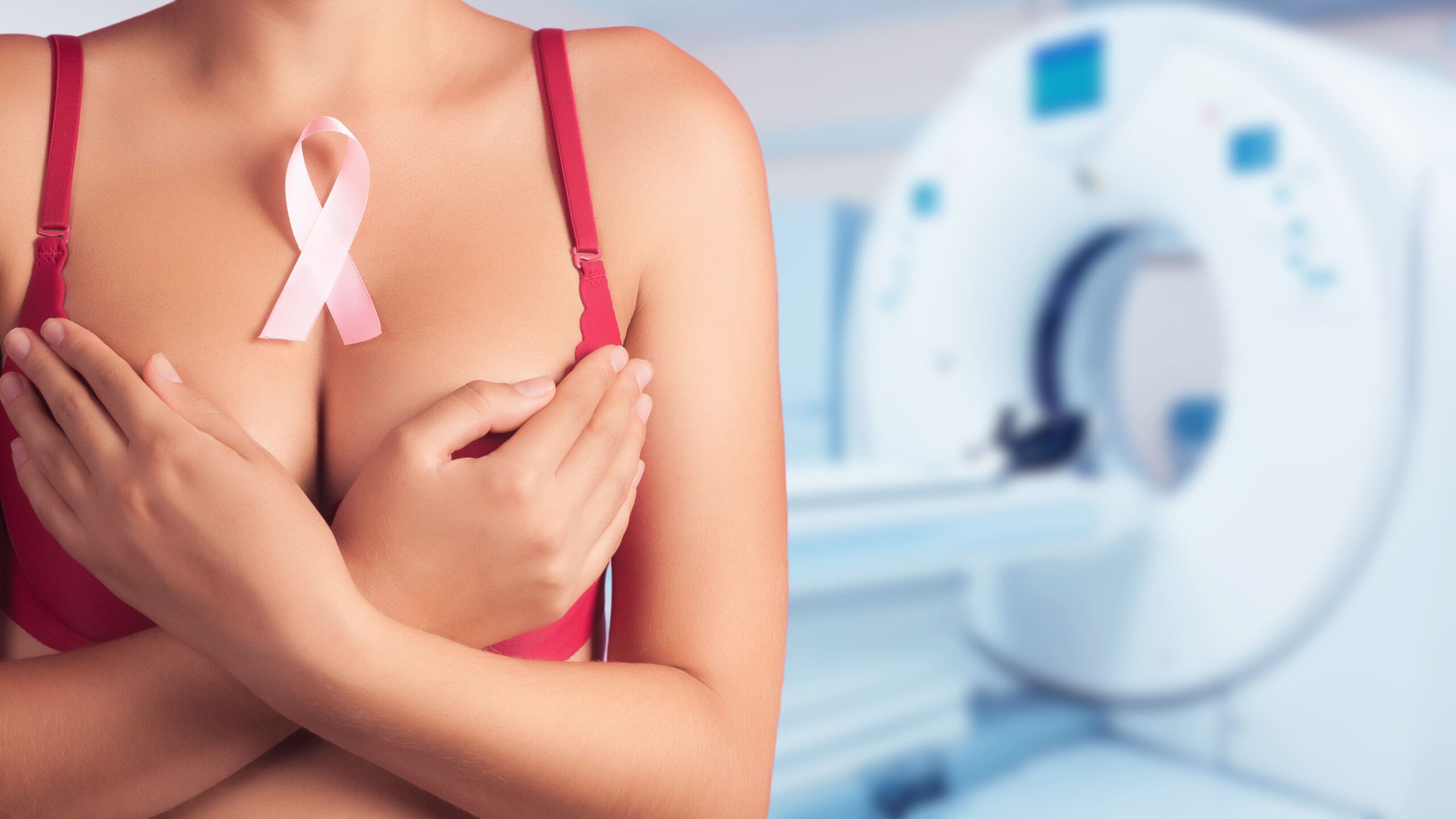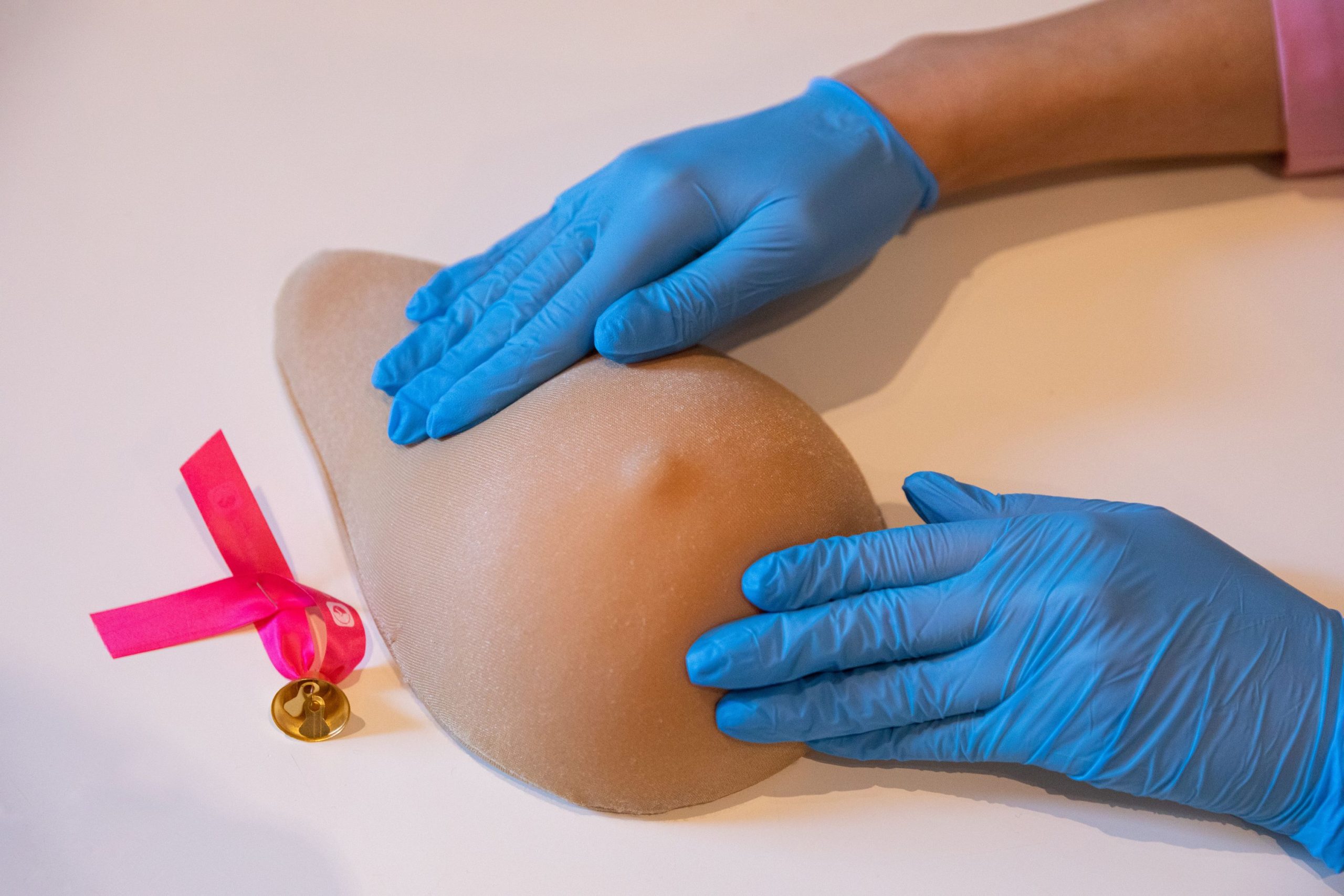It’s easy to put our health at the bottom of the list in the rush of daily life. We tend to put immediate responsibilities above long-term well-being, specifically regarding areas of the body we may feel hesitant to discuss. Breast health is one of those sensitive topics, and for many women, the thought of a mammogram brings up anxiety, embarrassment, or even fear.
But here’s the truth: a mammogram procedure is one of the most effective tools we have in discovering breast cancer early, when treatment is most successful. This guide will walk you through the complete process if you’ve ever wondered, “Mammogram: How is it done?” or “How is a mammogram performed?”. We’ll cover everything you need to know, from what a mammogram is to how it feels, to common myths that might be holding you back.
At Mammography Inc., our mission is to provide expert care with sensitivity, so every patient feels informed, supported, and empowered throughout the mammogram test.
What Is a Mammogram Procedure?
A mammogram is a specialised X-ray of the breast created to detect abnormalities such as lumps, calcifications, or structural changes. While breast self-exams and clinical exams are important, they cannot replace the precision of a mammogram in identifying early signs of cancer, largely before they can be felt.
Why It Matters
Early detection drastically improves treatment outcomes. Mammograms can identify changes that may be too small to be discovered by touch or clarify the nature of any visible malady. They’re also recommended for women over 40, or earlier if there’s a family history of breast cancer.
Interested in learning more about the price of the procedure in South Africa? Visit our mammogram costs guide.
Types of Mammograms
There are two main types of mammograms, each serving a distinct purpose:
Screening Mammogram
Screening mammograms are done routinely for women without symptoms. They use two X-ray images of each breast to help catch early changes.
Diagnostic Mammogram
A diagnostic mammogram is performed when there are symptoms (like a lump, nipple discharge, or pain) or if an abnormality was found in a screening mammogram. It is more detailed and may involve additional images.
How Does a Mammogram Work?
So, what is the mammogram process? A mammogram procedure involves a low-dose X-ray system that takes snapshots of the breast tissue. The breast is gently compressed between two plates to spread the tissue evenly, which allows the radiologist to get the clearest possible image. Although compression may feel slightly uncomfortable, it lasts only a few seconds and is fundamental for accurate results.
Step-by-step mammogram process:
- You’ll undress from the waist up and wear a gown.
- The radiographer positions one breast at a time on the mammogram machine.
- A plate lowers to compress the breast briefly.
- X-rays capture images from different angles.
- This technique is repeated for the other breast.
The entire appointment usually takes less than 30 minutes.
What to Expect: How Is a Mammogram Performed?
When you go to a mammogram clinic for your test, you can expect some discomfort during the procedure. However, this unease is temporary. The compression may feel strange, but it shouldn’t be painful. Also, you can look forward to privacy and respect, because only trained female radiographers handle the procedure in most clinics. This ensures sensitivity and professionalism. Finally, a radiologist will review your images, and your doctor will discuss the findings with you.
Common Myths About Mammograms
Many first-timers avoid booking because of misinformation. Let’s clear up the most common myths:
Myth 1: Mammograms are extremely painful.
Truth: They may be uncomfortable, but they are not unbearable. Most women describe the sensation as brief pressure, not pain.
Myth 2: Mammograms expose you to dangerous radiation.
Truth: The radiation is extremely low and well within safe limits. The benefits of early detection far outweigh the risk.
Myth 3: Only women with a family history need mammograms.
Truth: Most women diagnosed with breast cancer have no family history. Regular screening is important for everyone.
Myth 4: If I feel healthy, I don’t need one.
Truth: Cancer can develop silently, with no early symptoms. Mammograms catch changes before you can feel them.
How to Prepare for Your Mammogram
Avoid deodorant, lotions, or powders on your chest or underarms on the day of the exam (they can interfere with images). Also, wear a two-piece outfit so you only need to undress from the waist up. Lastly, try scheduling your exam a week after your period, when breasts are less tender if you’re sensitive to discomfort. Lastly, remember to bring any previous mammogram results for comparison.
After the Procedure
You can resume your day immediately. Some women may notice slight tenderness, but it usually resolves quickly. Your radiologist will carefully review your images and share results with your referring doctor. You’ll be guided with clear next steps if further testing is needed.
Choosing Expert Care
At Mammography Inc., we understand that breast screening is a test, but it’s also about your peace of mind. Our facilities combine expert mammogram doctors that patients are looking for, advanced imaging technology, and compassionate care, ensuring that each mammogram procedure is as comfortable and reassuring as possible.
Conclusion
Remember this: early detection saves lives if you’ve been postponing your breast screening out of fear, uncertainty, or discomfort. A mammogram procedure is safe, quick, and an important step to take for your health.Don’t let myths or embarrassment hold you back. Book your appointment at Mami today and take control of your breast health with confidence.















